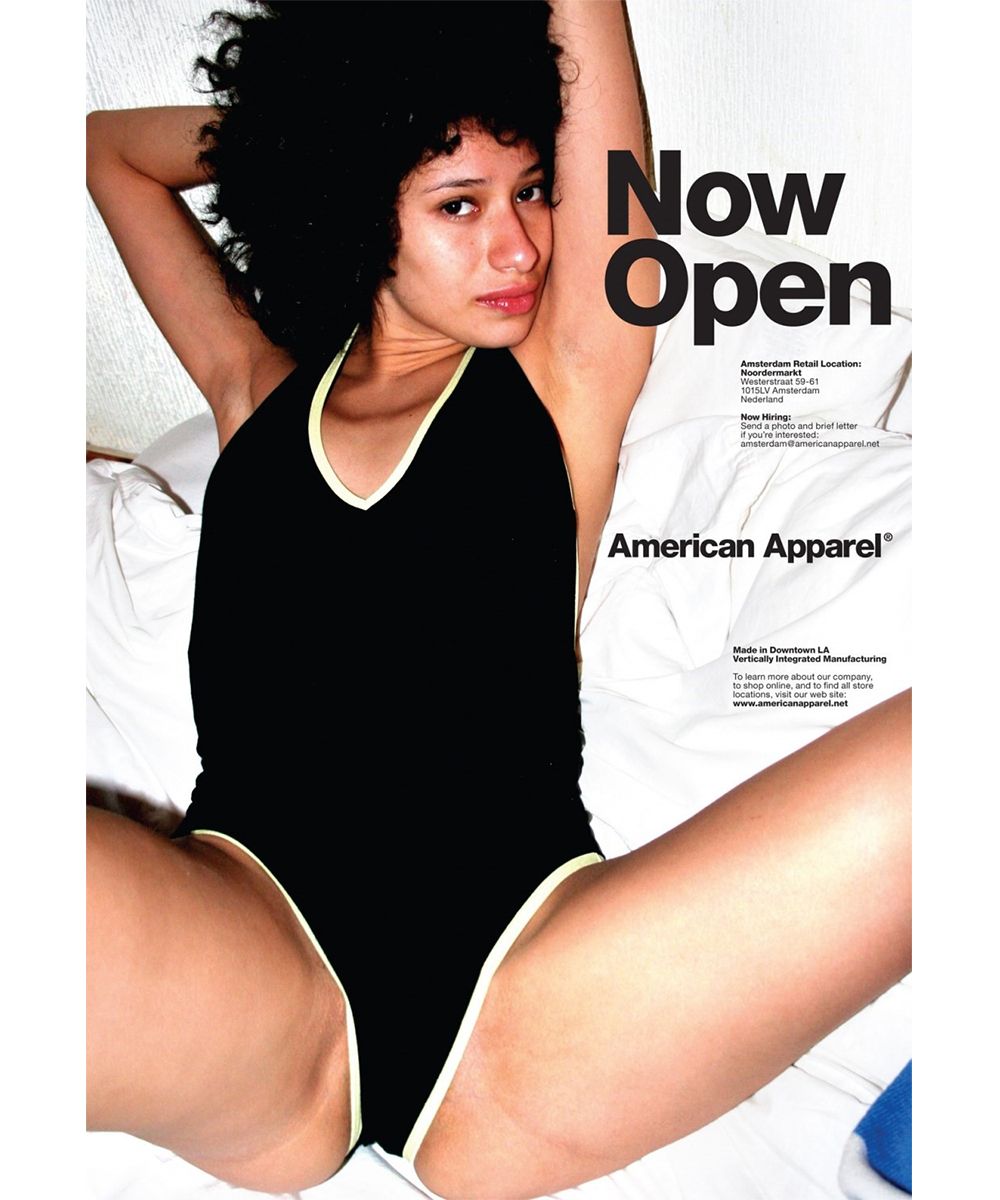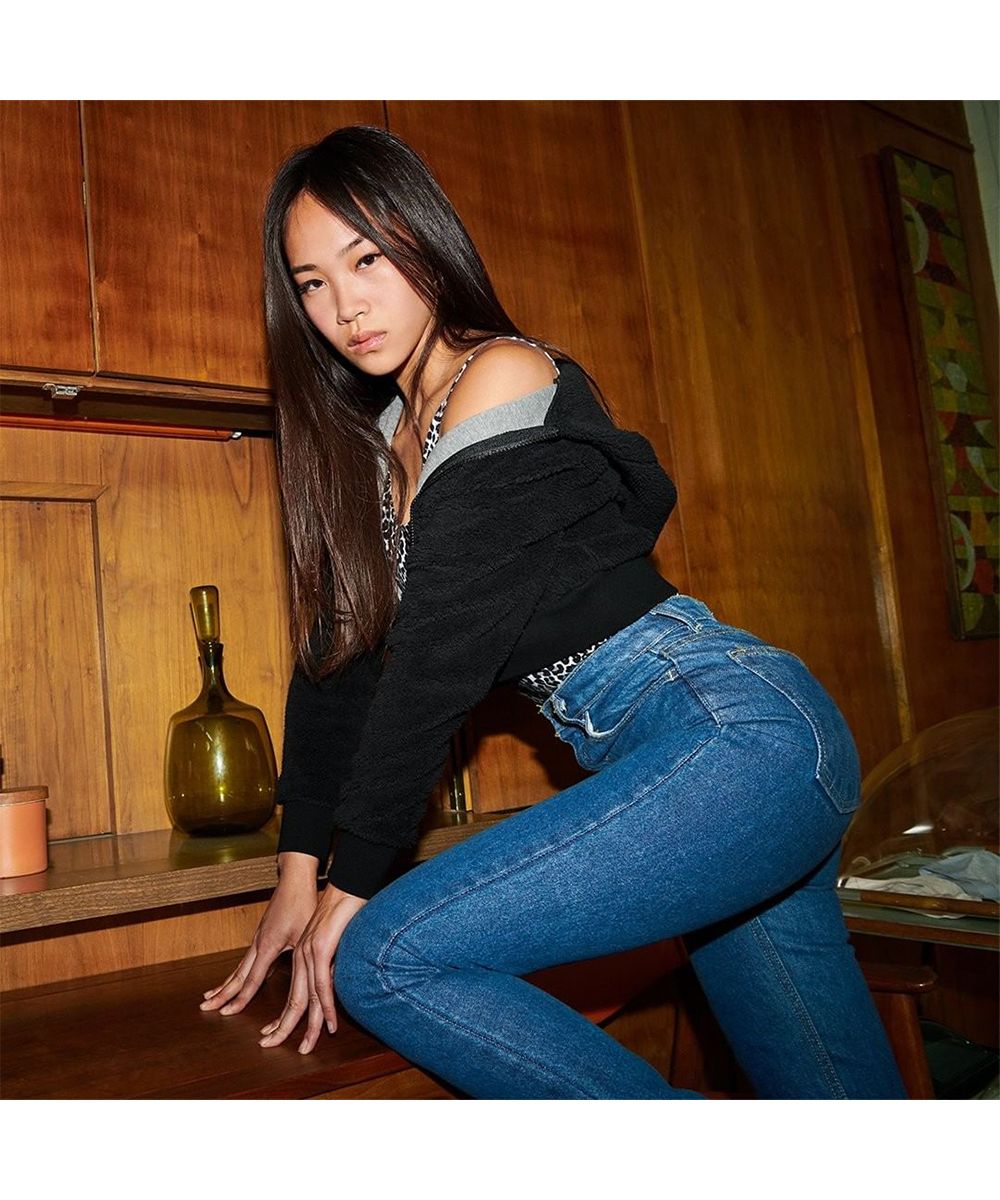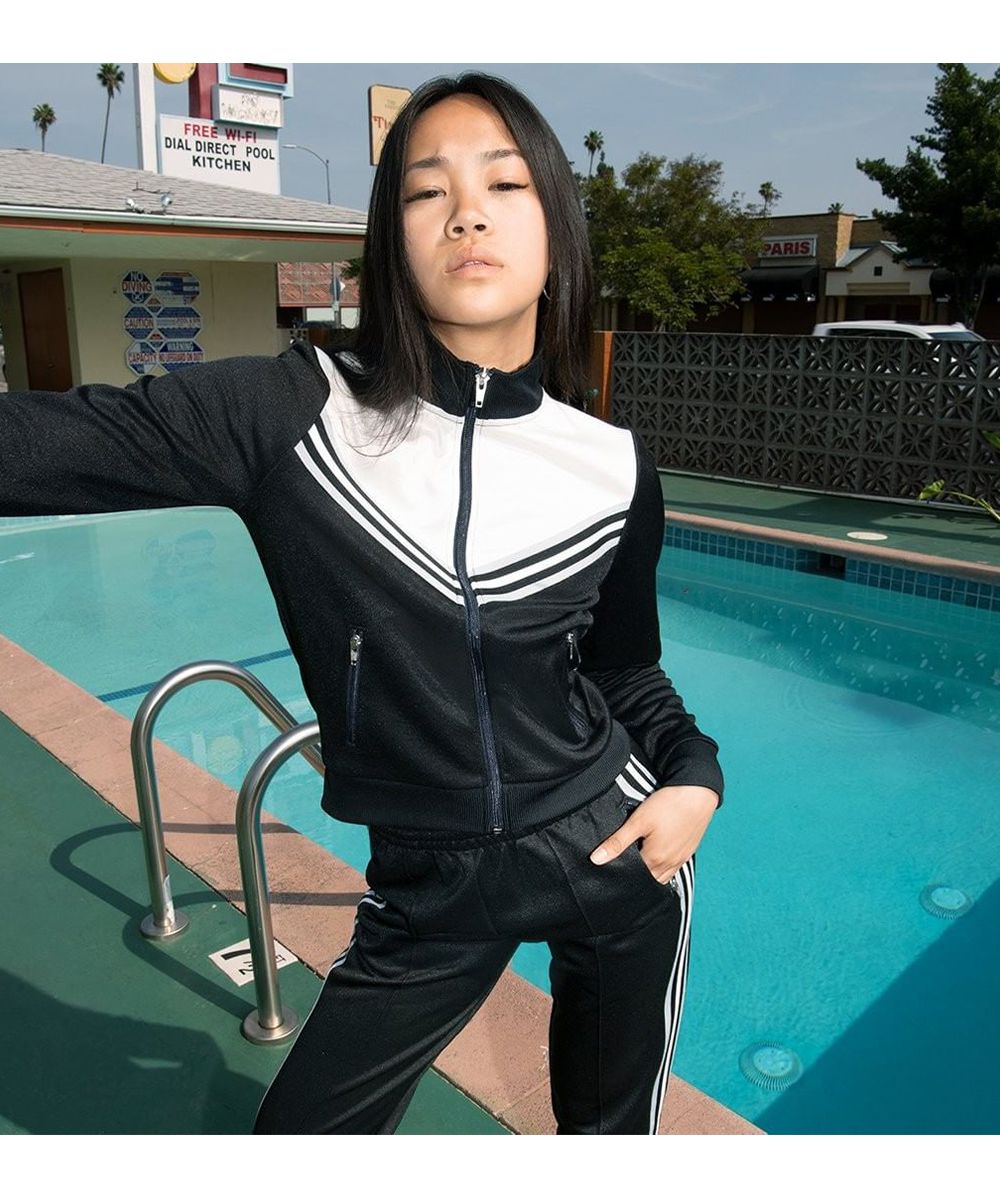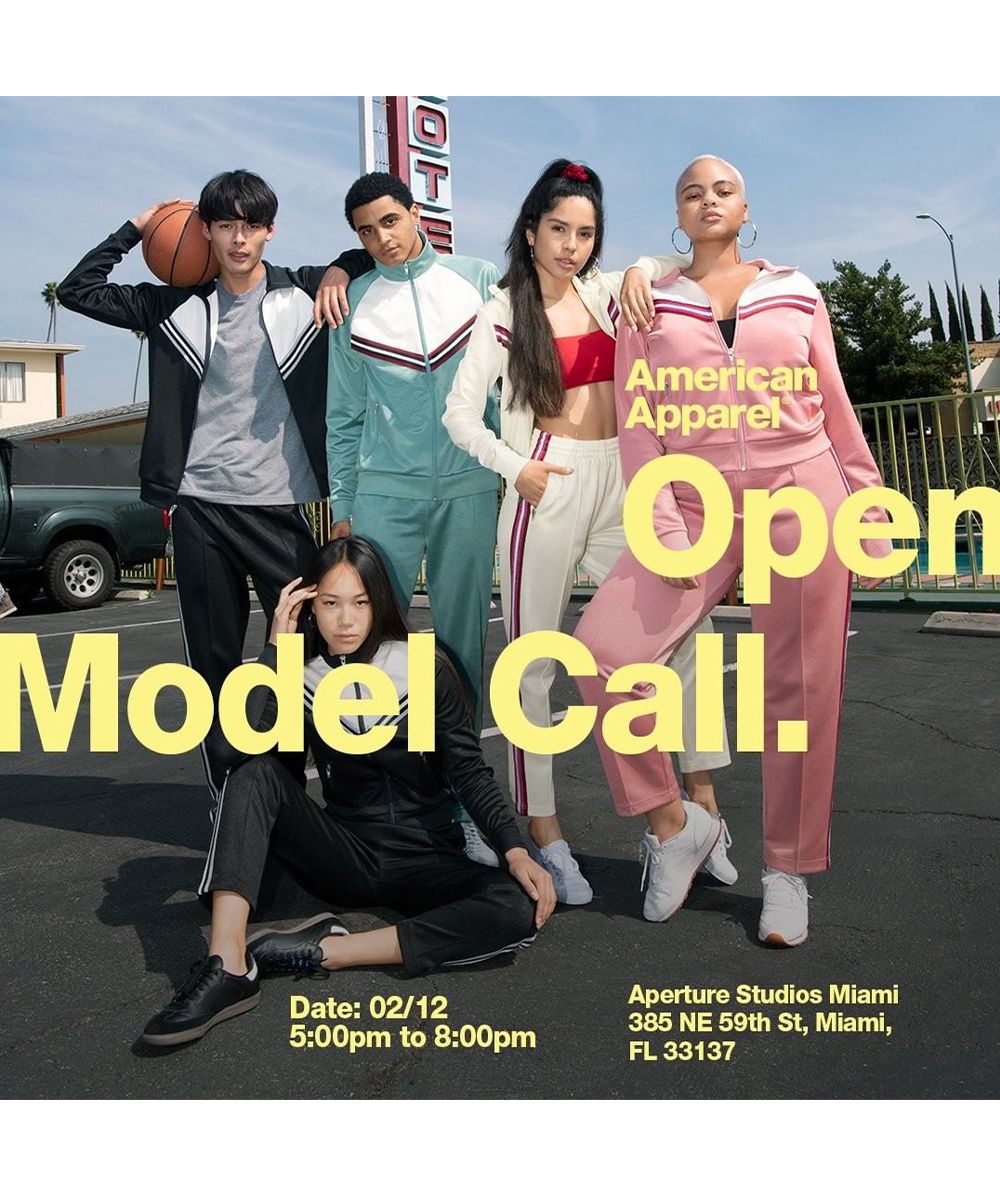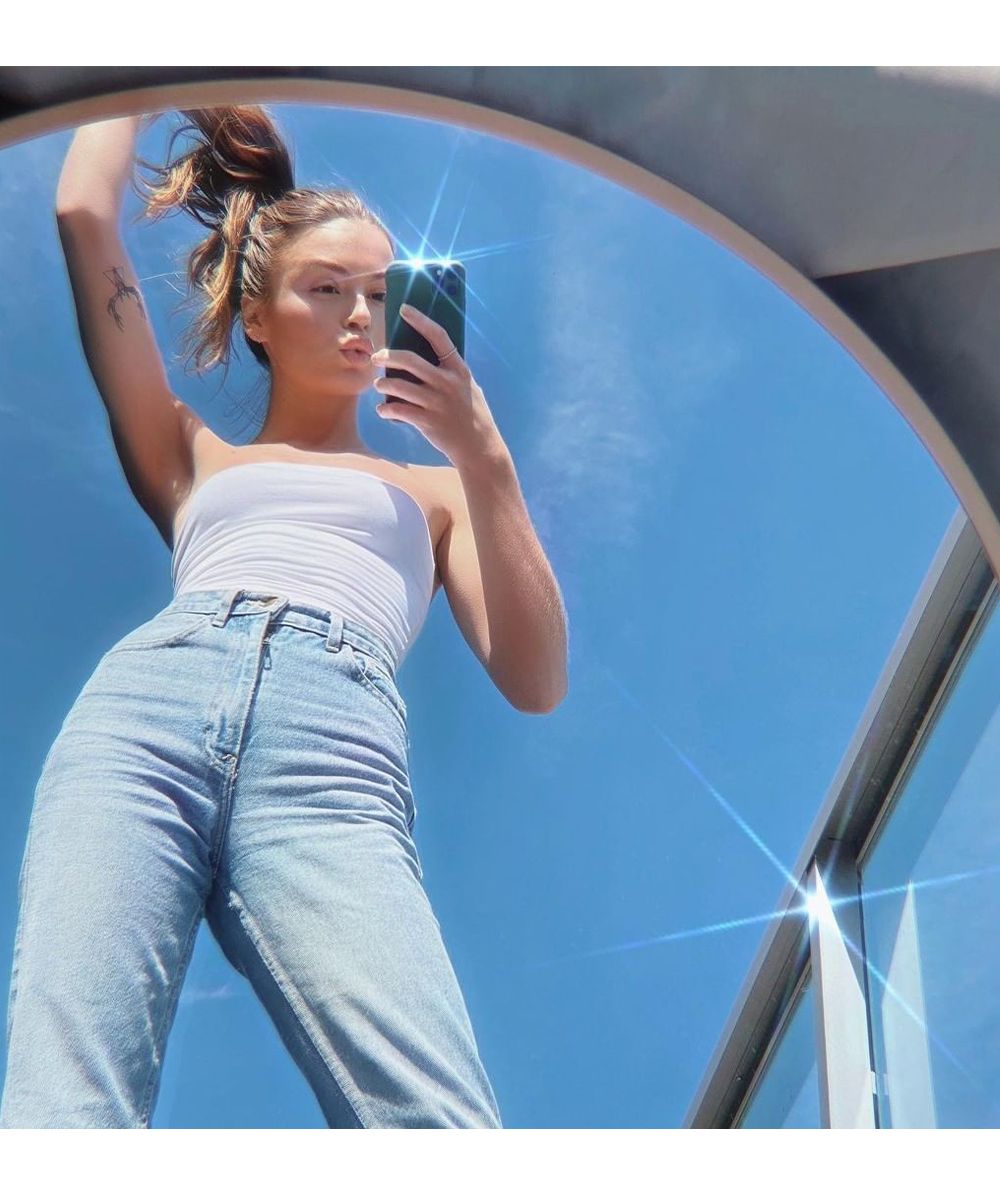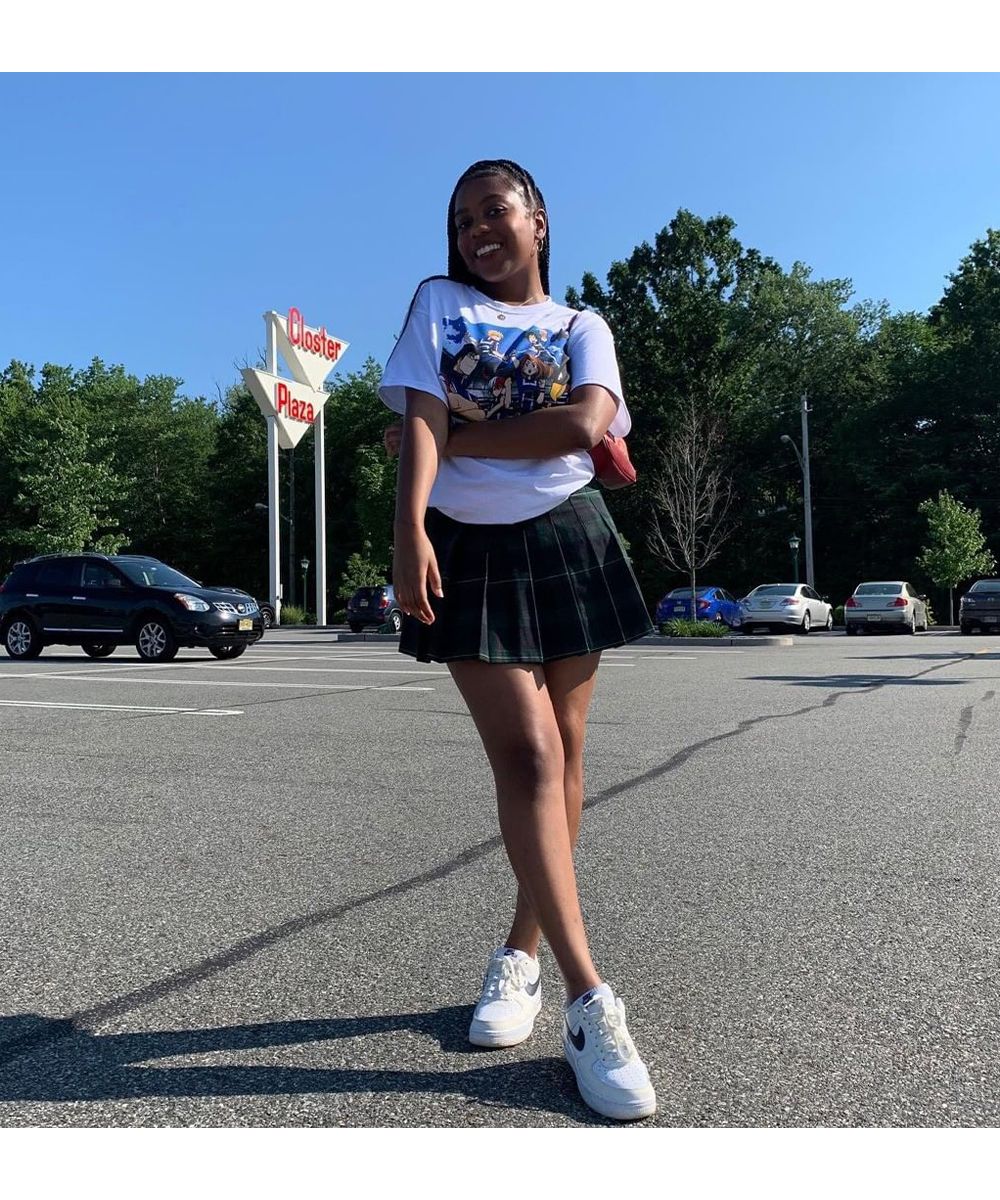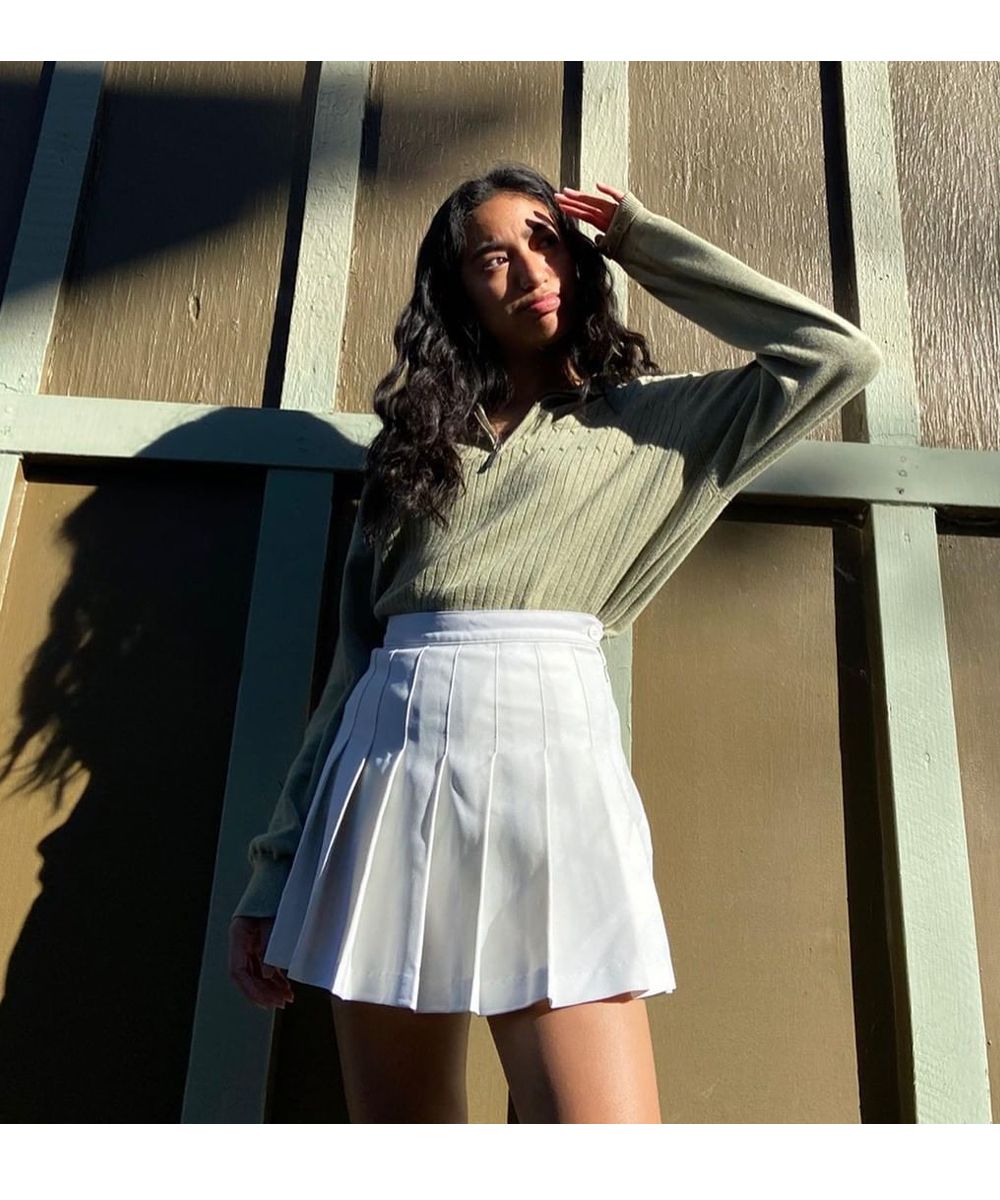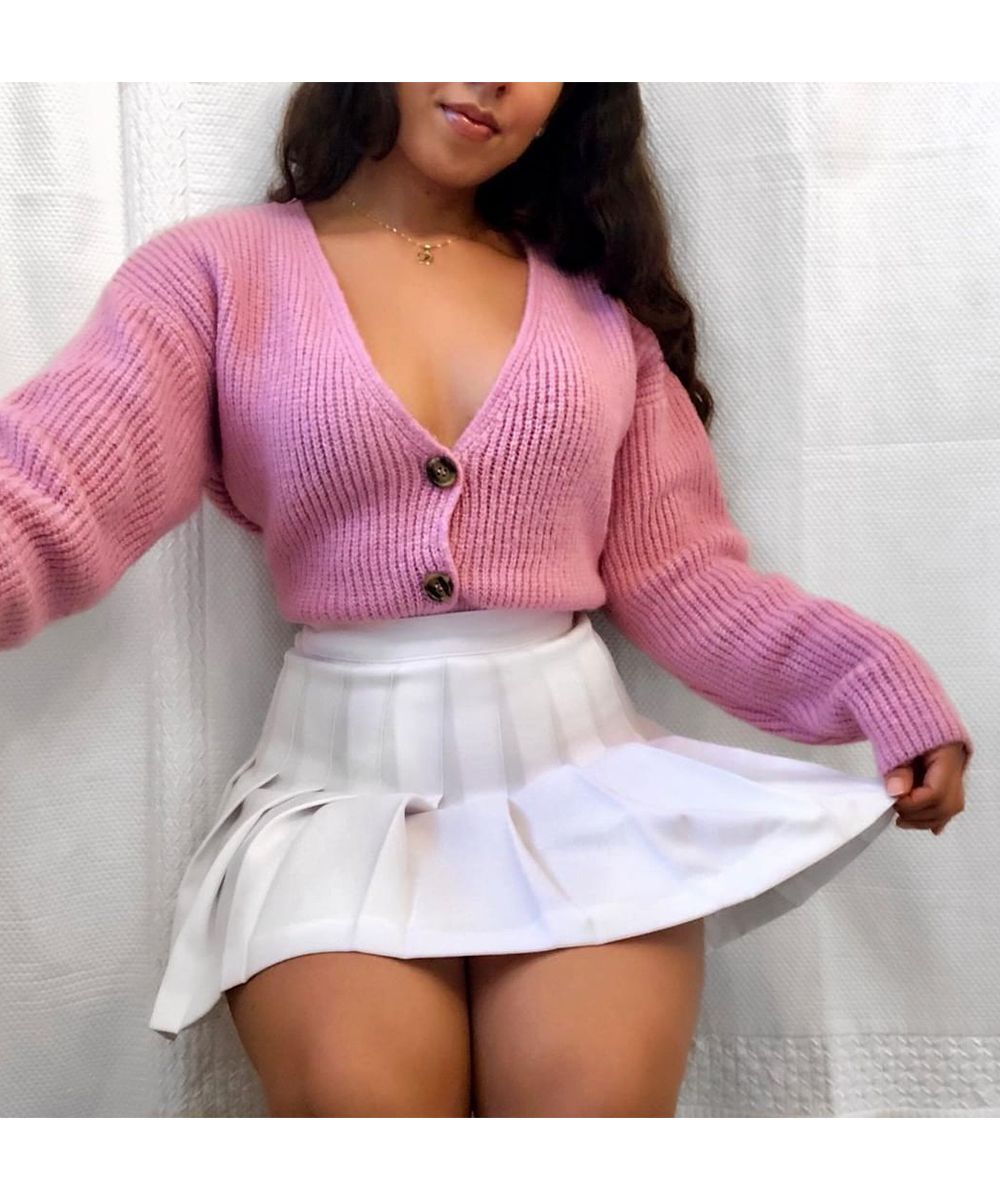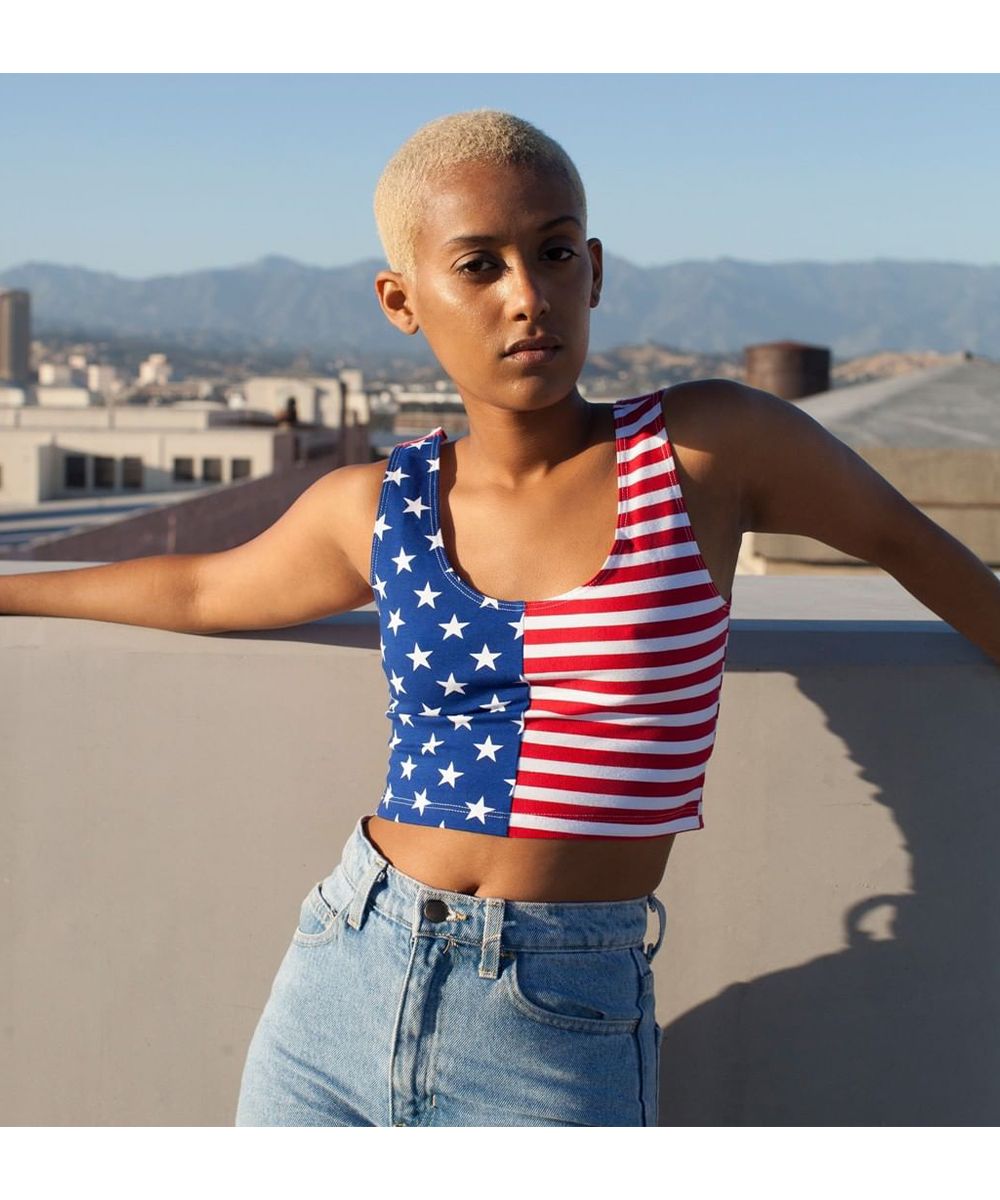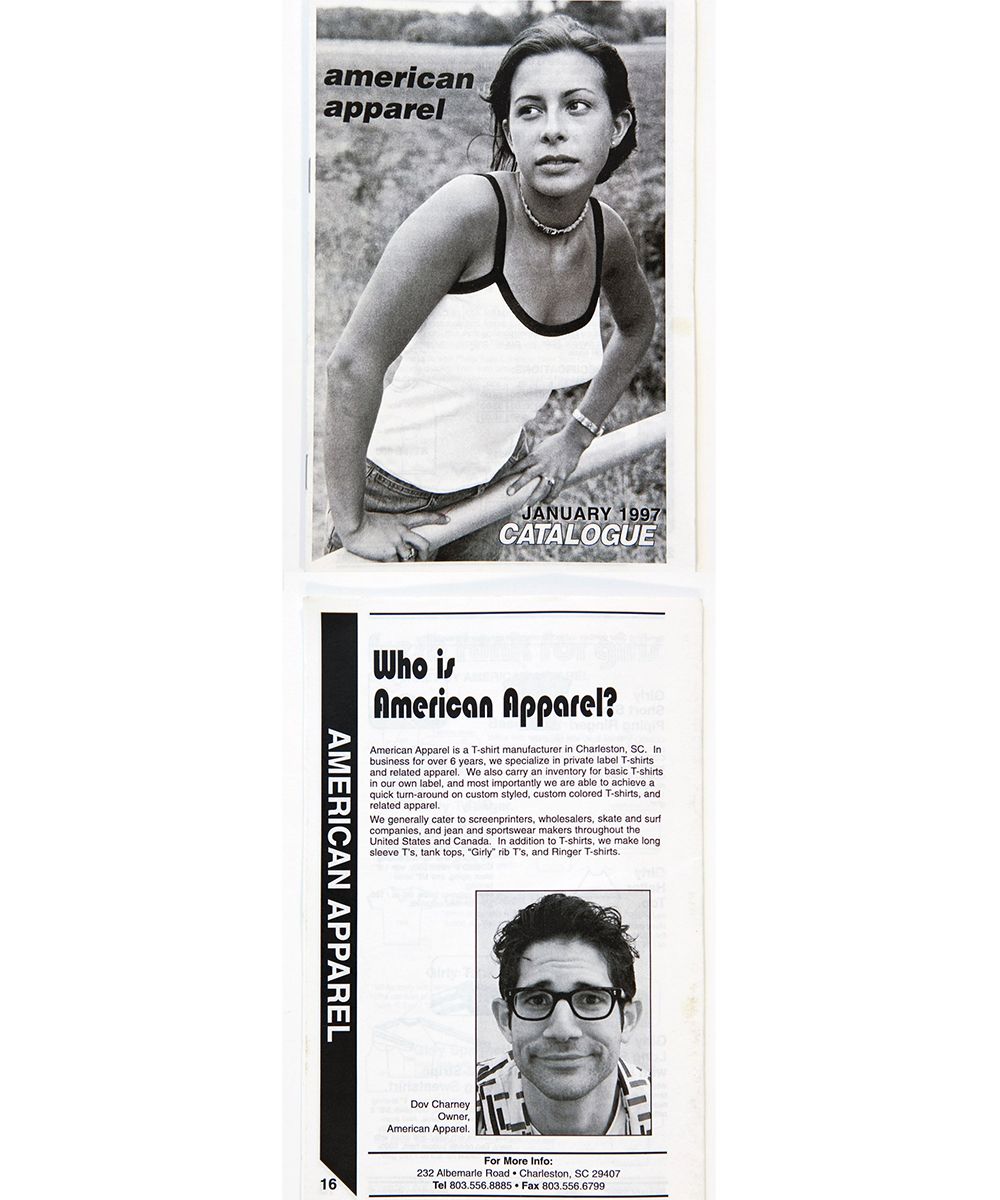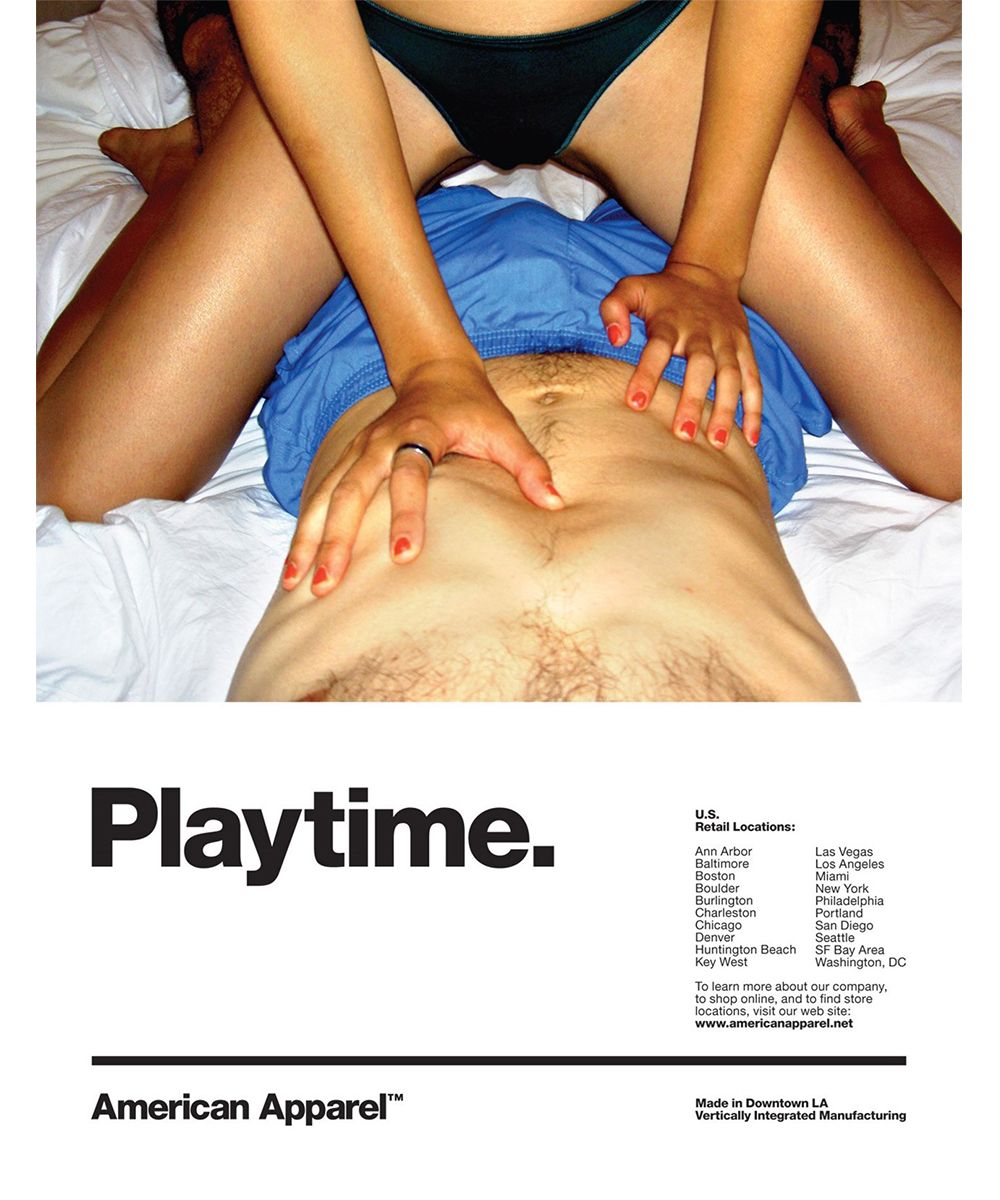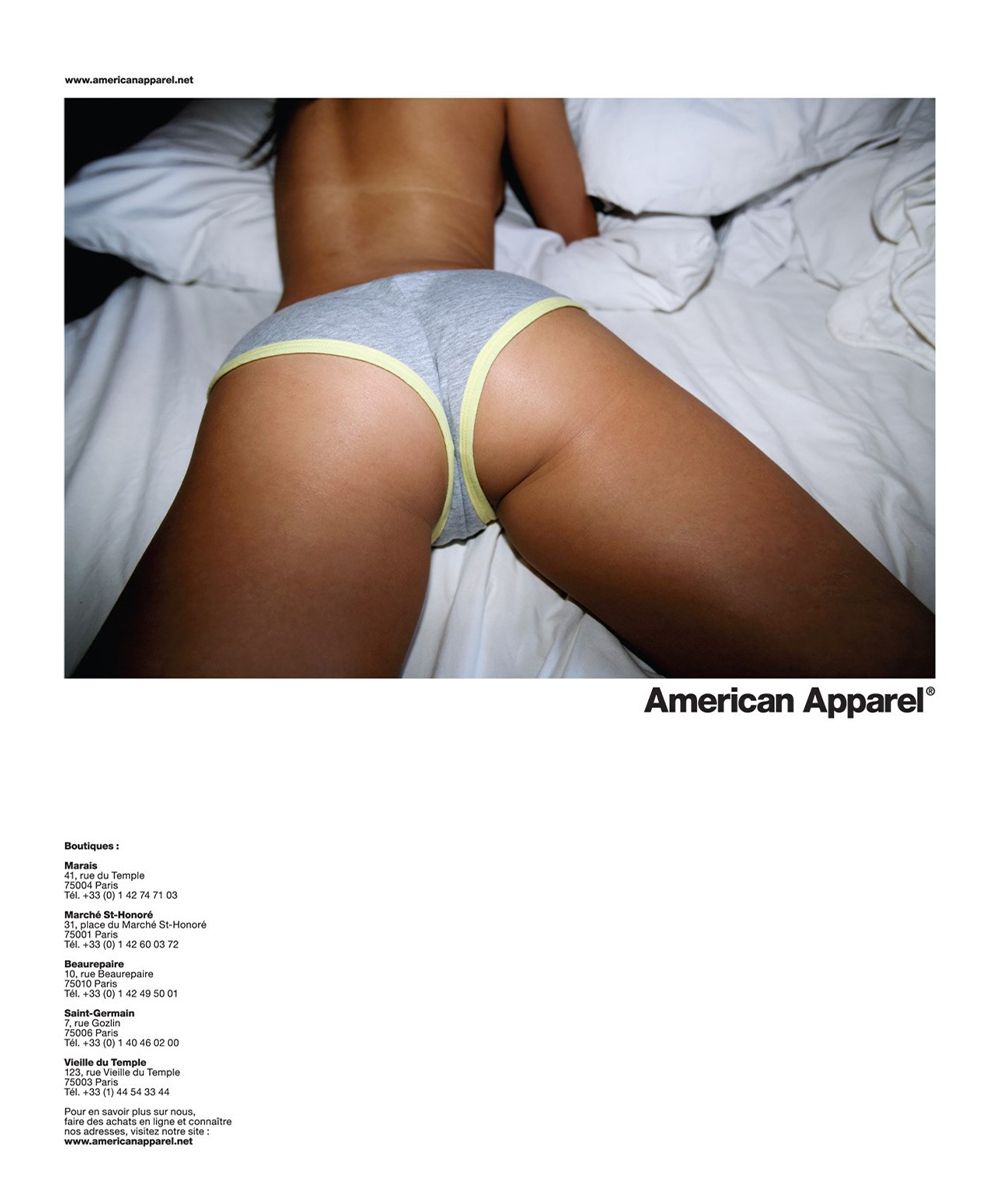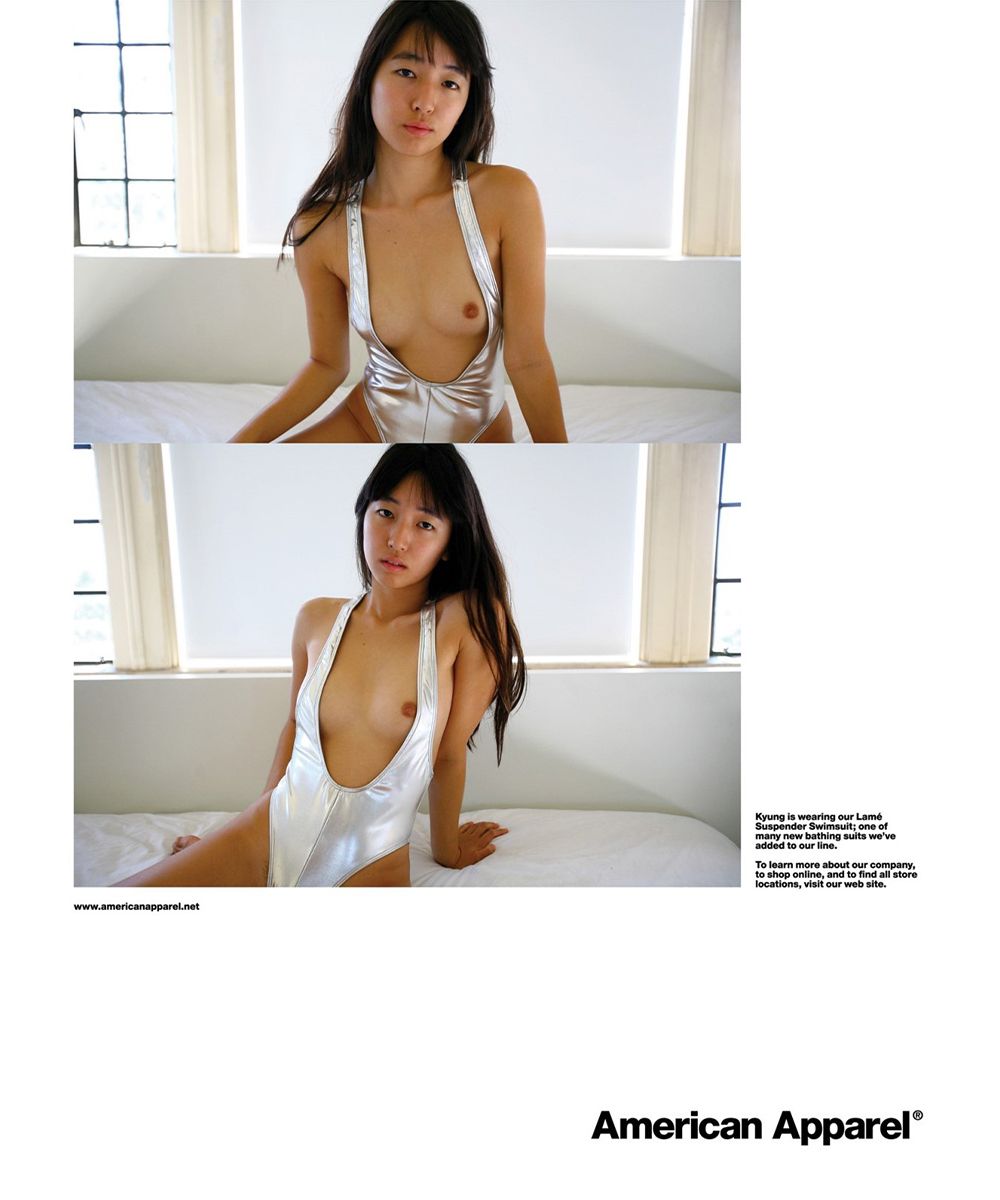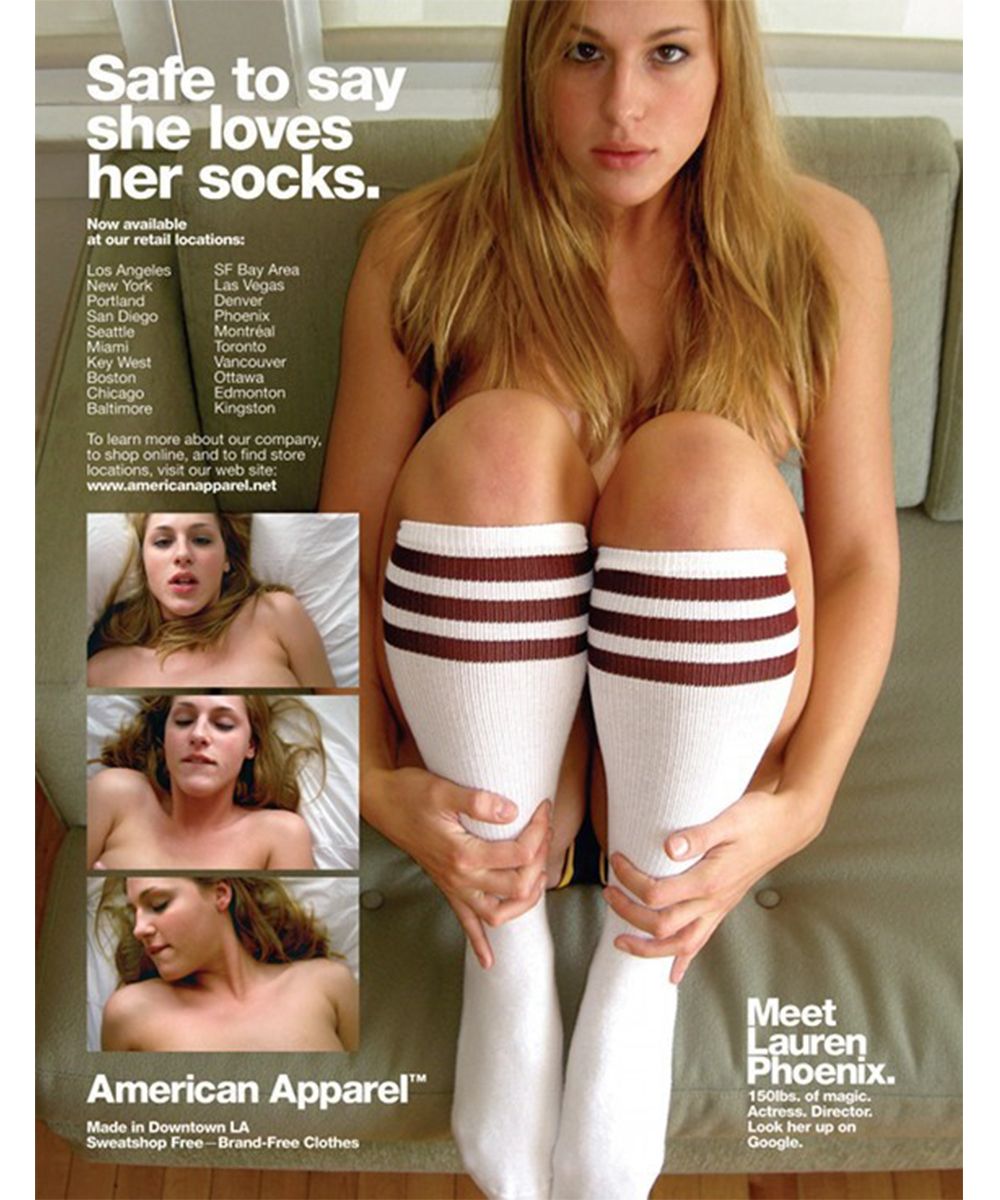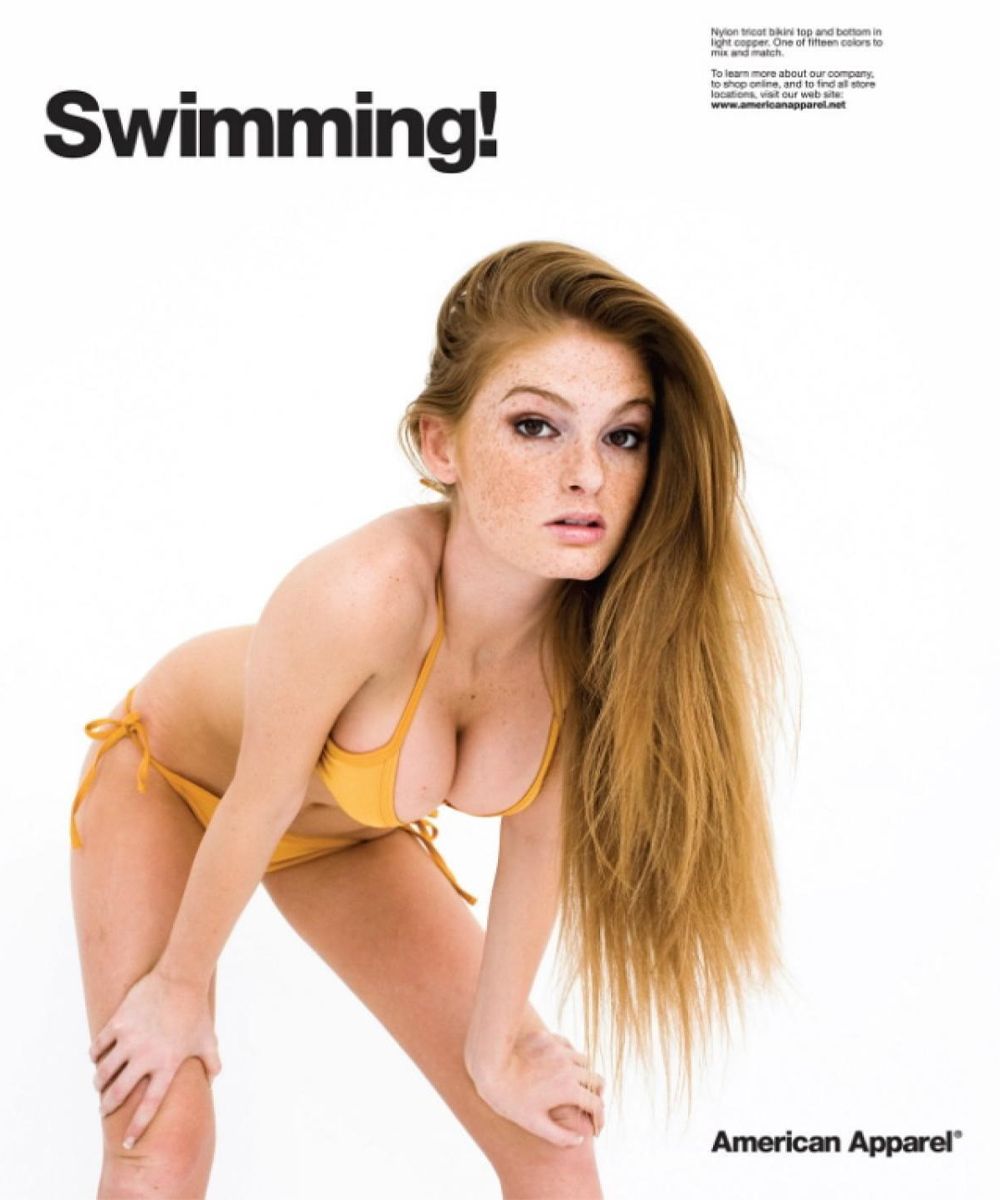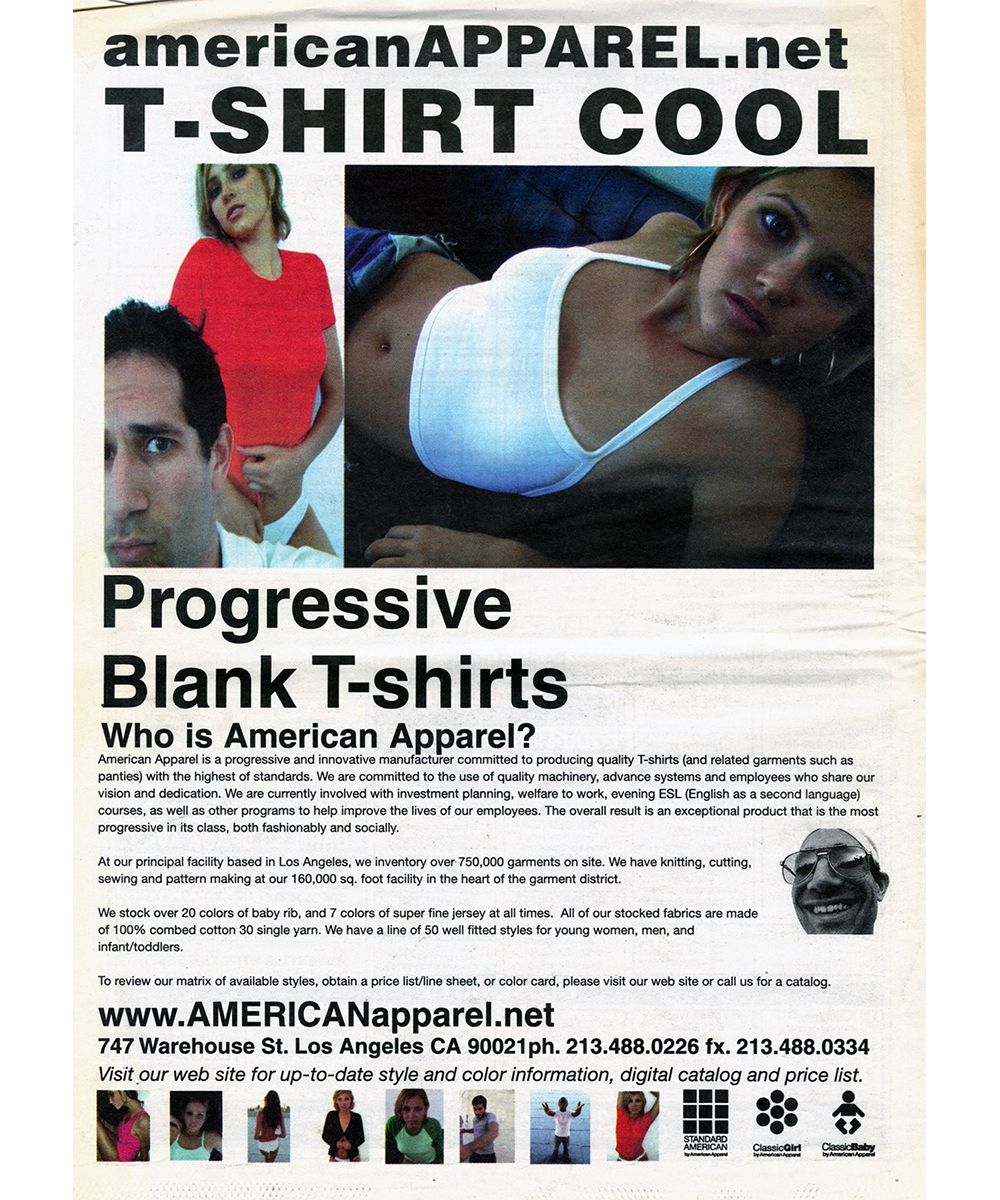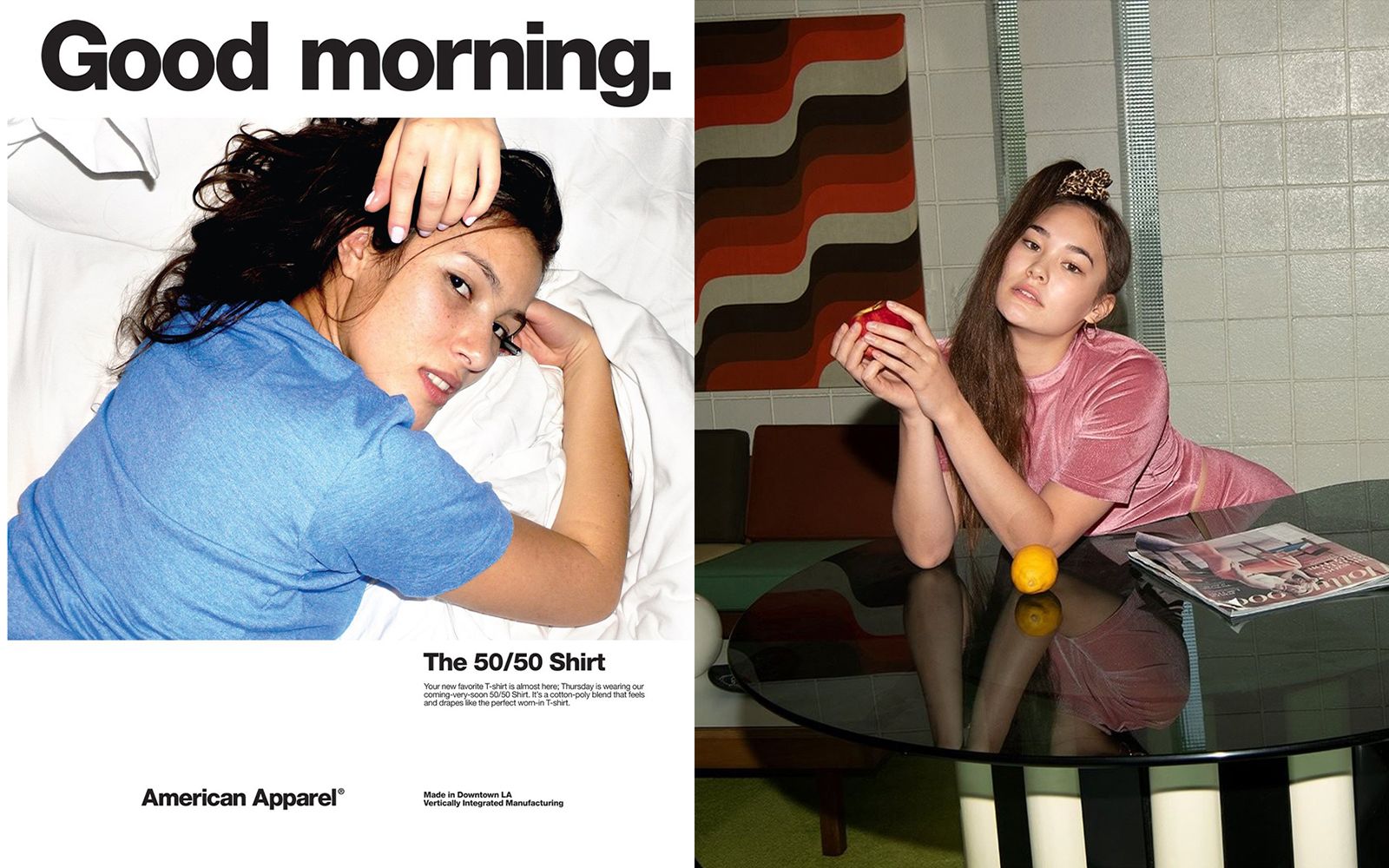
The rise and fall of American Apparel A cultural movement between potential and controversy
To date, American Apparel presents itself as the go-to brand for buying cozy leisurewear and clothing, trending categories in this specific historic moment. “An online retailer of basics and must-have pieces for everyone, produced globally, ethically” describes itself on the website after the rebranding in 2016, but its past cannot be forgotten. During the 2000s, the brand established itself as a cultural phenomenon that shaped the minds and bodies of an entire generation, thanks to its simple aesthetic promoted with provocative marketing strategies. The story of the founder Dov Charney, alongside with the birth, rise and fall of the brand are documented in "Big Rad Wolf" produced by the streaming service Quibi, and now available on the platform. The documentary tells the story of the brand, from the point of view of former collaborators, journalists, friends of the founder, all subjects who experienced the events firsthand.
The brand and its "essentials"
The strength of American Apparel is that they anticipated what is today a relevant part of the everyday wardrobe, building its offer on the so-called essentials. What we now define as part of a minimal and relaxed style, made up of must-have pieces - in contrast to the chaos and overcrowding that rule the fashion industry nowadays - was for American Apparel the commercial strength.
In the shops that were located throughout the streets of the key cities in the world, the hipster-basic aesthetic made its way in the hearts (and wardrobes) of teenagers, in contrast to the overdressed style of the early 2000s. The stores cyclically offered the same products, declined in different colors. Even today, all product categories are available on the website, with particular attention to the basics: crop-tops, bodysuits, leggings, tracksuit, t-shirts, that become the foundations of American Apparel. Synthetic fabrics with more complex processing like leather, spandex and lamé complete the offer. But it is how the clothes were made and who wore them that made the difference. Today, like yesterday, the brand uses "real people" to promote its products: on the Instagram account with 1.6M followers images look authentic, and models, customers and followers are the protagonists of the campaigns.
Rise and fall (and partial recovery)
The brand was founded in the early 1980s in Los Angeles, where the founder, then a student, decided to start a business starting from classic t-shirts with the American flag, in slim-fit version. American Apparel started with a vertically integrated business model, able of producing good quality clothing based on 100% organic cotton in many factories throughout the American land, earning the Made in America quality label. The brand turns out to be ahead of times compared to competitors, also from the point of view of workers' rights, thanks to its ethical choice of the Sweatshop-free, a term that defined fair compensation without coercion for those who produce their products. Success comes thanks to the provocative and controversial campaigns: in 2004 the brand lands in Europe, opening a total of 260 stores in 19 countries and profits soar: $250M in 2003, $280M in 2006 until 2009, when the brand started to decline, up to the first bankruptcy declared in 2010, the same year where a revolt broke out with injured people during a sample sale. After several years of legal struggles, founder Dov Charney was removed from office to make way for executive Paula Schneider. In January 2017, the intellectual property of American Apparel was acquired by Gildan Activewear, and it turned into a reality closely linked to e-commerce dedicated to respect for ethics and sustainability. In January 2018, the company has a board of directors made up entirely of women.
The controversy
American Apparel was initially celebrated for its provocative advertising and message of social change. The explicit, voyeuristic and provocative advertising campaigns - to the point that they were repeatedly banned by the British Advertising Standards Authority - adopted an amateur style that anticipated the trend of the home-sets made necessary by the Covid-19 crisis, as well as by slogans made of double entendre, obviously in Helvetica.
"Real girls" found with street castings appeared half-naked on sets that evoked private moments captured by a Polaroid. Every teenager who bought the brand's clothes wanted to feel like the girls on the billboards, mainly because the aspiration created by the brand was not so far from them: that cool girl could be anyone. To maintain this image, all potential employees were required to include amateur photographs in their CVs, that were checked and approved by Charney himself, and sometimes he was also shooting the models himself.
The toxic environment Charney created is also the main reason for the brand's decline. The controversial marketing approach he promoted and the allegations of harassment against him caused serious damage to the brand's image, but have also permanently erased the good that had previously been done towards employees.
New Marketing Director Sabrina Weber stated in many interviews that the brand wants to "remain sexy" but in a good way, because “There was that moment in time where things went too far.”. And what happened to Dov Charney? Well, he is still active and proposes his "American dream" with the brand Los Angeles Apparel.




















































